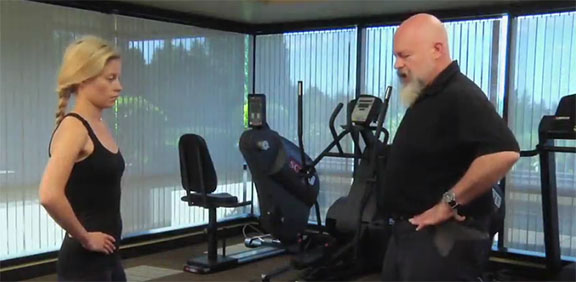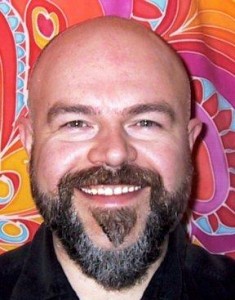 “That was joyful; I haven’t felt this good in a long time.”
“That was joyful; I haven’t felt this good in a long time.”
“This is the first time I’ve been pain free in a month.”
“My breath feels so full and easy.”
“I feel so relaxed, clearheaded and energized.”
This may not be the typical feedback physical and occupational therapists receive at the end of a session. Yet, when Restorative Yoga is used to improve strength, coordination, flexibility, range of motion, posture and functional performance, these are common responses.
What is Restorative Yoga?
In Restorative Yoga, props (bolsters, blankets, pillows, towels and belts) are used to support the body in comfortable postures that provide a gentle, safe, low-load stretch. This “supportive environment” facilitates focus on the breath and the body, thereby setting the stage for healing.
Restorative Yoga for Rehabilitation
Is Yoga an effective rehabilitation tool? There is a growing body of evidence indicating that Yoga appears promising for chronic obstructive pulmonary disease , heart disease , asthma , arthritis, epilepsy, burns, stroke, multiple sclerosis and chronic pain syndromes including low back pain and repetitive strain injuries.
So how can Restorative Yoga be helpful for rehabilitation? Restorative Yoga provides a low-load, prolonged stretch, elicits relaxation, improves breathing patterns and is compatible with gentle manual therapies like myofascial release.
A low-load prolonged stretch is an effective way to restructure muscle tissue. A restorative posture allows the client to remain still for an extended period of time so muscles lengthen and broaden safely without eliciting a stretch reflex. As the client “lets go” and the body relaxes, the therapist can then provide manual therapy that can further address the structural and functional issues observed. The synergistic combination of a supported Yoga posture with manual therapy is a powerful way to address soft tissue restrictions, improve flexibility, increase range of motion and improve body awareness.
Touch
“Touch can be like a flashlight in a dark room.”
The synergy of gentle touch and Restorative Yoga provides the body information, which can lead to new possibilities to facilitate healing:
1) Clients may first notice habitual body tensions when they are touched, thereby “helping” them to release these holding patterns and “bathe” in this increased awareness and prana. New information can lead your client to novel choices in how they move and use their body.
2) To address the structures of the body, gentle techniques such as myofascial release treat muscle, fascial, neural and vascular issues by elongating and relaxing muscles, and improving cellular nutrition, oxygenation, and waste removal by enhancing circulation.
Restorative Yoga offers us a simple approach that addresses the complex needs of our clients. Whether you strive to achieve peak athletic performance or simply breathe without the help of a ventilator, Restorative Yoga deserves your consideration. This gentle work proves the adage that “less is more.”
By Bill Gallagher PT, CMT, CYT

Bill Gallagher, MSPT, CMT, CYT, a master clinician in integrative rehabilitation, is director of the East West Rehab Institute in New York City. The Institute offers both continuing education for rehab professional and Integrative Physical Therapy for a broad spectrum of clients including elite performers and people with severe disabilities. For more information, please visit: www.eastwestrehab.org.
Bill Gallagher’s programs are offered regularly at the Integral Yoga Institute of New York and Satchidananda Ashram-Yogaville

